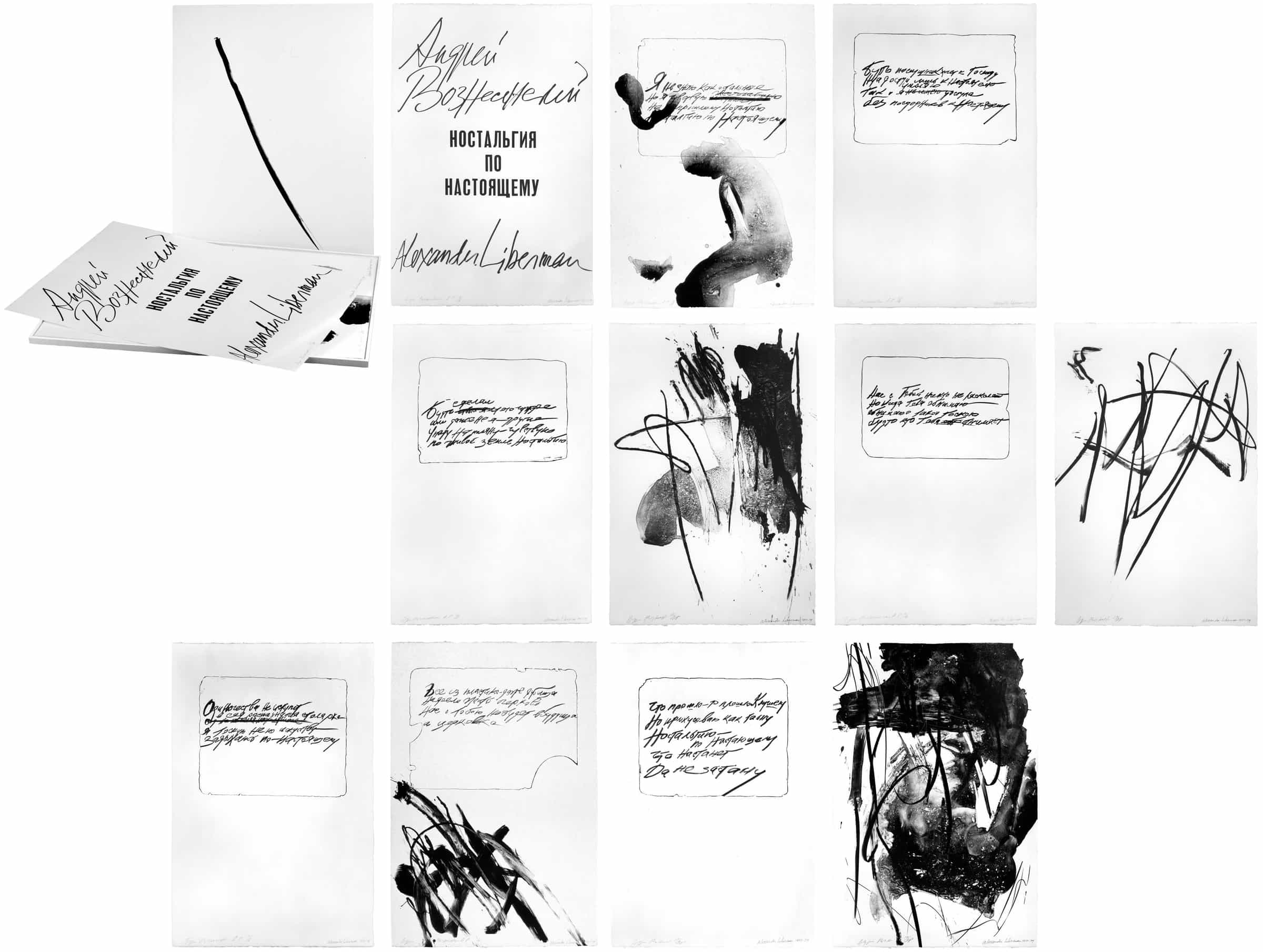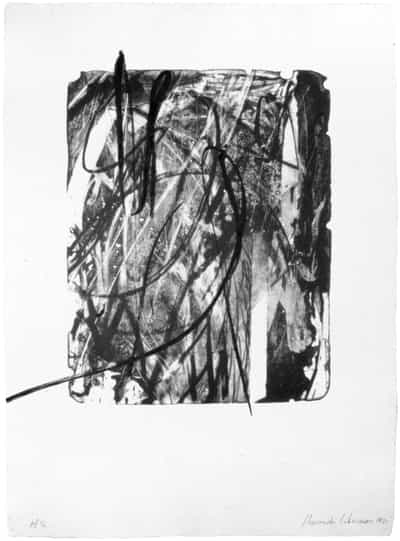About the Artist
Alexander Liberman (1912-1999) was born in Kiev, Russia to wealthy parents, and received a wide-ranging education that included studies in English, carpentry, and photography. After his family moved to Pain in 1924, he attended the École des Roches, where he studied metal working and history before exploring mathematics and philosophy at the Sorbonne. Fleeing Paris with his family after the German invasion, he settled in New York, where he simultaneously encompassed successful careers in the arts and in publishing. Beginning as a photographer for Vogue magazine in 1941, Liberman went on to become artistic director for Condé Nast Publications.
He always pursued abstraction, but his approach varied between hard-edged style in the 1950s to a more painterly approach in the 1960s and 1970s. He displayed his work in one-person shows at the Museum of Modern Art (1959), Betty Parsons Gallery (1960), and André Emmerich Gallery (1967). A retrospective of his work was organized by the Corcoran Gallery of Art (1970). Tatyana Grosman invited Liberman to print at ULAE in 1976, during a dinner party in honor of the Russian poet Andrei Voznesensky. Mrs. Grosman suggested that Liberman and Voznesensky collaborate; the resulting unbound book, Nostalgia for the Present, 1977-79, consists of seventeen lithographs with the drips, scribbles and scrawls that define Liberman’s gestural style.

